The battle of the Layer 1's was one of the most popular trades of the late bull run. From Solana, Luna, and Avalanche, to Fantom, Harmony, NEAR and many others, all of them saw a good amount of usage. Now that the tide has shifted, we can see that most of them have struggled to retain a meaningful ecosystem. Most participants seem to have returned to the safety of Ethereum.
However, it’s important to consider why people moved to alternative layer 1 chains in the first place. The answer is simple, scalability.
Everyone wanted to use Ethereum but most couldn’t afford to do so because it was expensive and slow. This massive demand gap was filled by cheaper and faster layer 1 chains.
Now we are starting to see funds return to Ethereum not only because of its enhanced security but because it has started achieving meaningful scalability. A whole suite of layer 2 rollup chains has been built to give users a cheaper, faster and better experience than on Ethereum.
With the majority of on-chain activity now taking place on Layer 2s, the space is starting to become competitive. One competitor is Metis. A smart L2 chain built on Ethereum. Metis had a really sharp rise in user activity towards the end of Q1 2022 and has since managed to retain a fair amount of developer and user activity.
Out of this surge in activity, Maia DAO was born. Currently, Maia and its ecosystem of products has a combined 31% of the market share (by TVL) in the metis ecosystem and is looking to further expand their dominance.

So without further ado, let’s get straight into the intricacies of Maia DAO.
What is Maia DAO?

To capitalise on the growth of the Metis ecosystem, Maia DAO aims to become the one-stop shop for users on Metis by providing a variety of different DeFi products. In its current phase, Maia can be looked at as the yield powerhouse of Metis. After using these yield instruments and incentives to attract liquidity, Maia aims to build out a whole range of products under its umbrella.
At the heart of the Maia DAO is the MAIA token. The MAIA token played an instrumental role in attracting liquidity to the protocol which was then used to bootstrap and build their ecosystem.
Maia used the mechanism of bonding which was popularised by Olympus DAO, as a way to attract liquidity. Users who wanted to buy MAIA tokens could do so at a discount by bonding m.USDC (metis native wrapped USDC). Through bonding, the user gets a discounted price of MAIA tokens while the protocol itself manages to acquire liquidity.
This liquidity is commonly referred to as Protocol Owned Liquidity (POL). By owning the liquidity the protocol has more control over where that liquidity can be directed. They could choose to direct it to liquidity provision, funding the development of new products, or anything else they please. Therefore, this bonding mechanism proved to be the perfect mechanism for what Maia DAO hopes to achieve.
However, for this bonding mechanism to work, there needs to be some demand for MAIA. So where does this demand come from?
There are 3 main sources of demand for the MAIA token:
- Staking
- Governance
- Treasury Backing
The governance aspect is fairly self-explanatory. The token will be distributed through the bonding mechanism and holders of the token have decision-making power in the Maia DAO which will eventually have an entire ecosystem of different products under it.
When it comes to staking, users can stake their MAIA for sMAIA which will consistently increase in balance with every rebase. The main benefit here is that stakers get proxy exposure to the growth of the protocol treasury. The more the protocol grows, the more they earn, that earning can then be used to either buy back tokens or directly pay out rewards through redistribution, and since Maia DAO is the umbrella under which a suite of products will be developed, stakers indirectly get exposure to a whole basket of different protocols as well.
The final source of demand is from the assets in the treasury. Each MAIA token will be backed by a basket of blue-chip assets which are held in the treasury. Most of these assets are revenue/yield generating which allows for consistent growth of the treasury. This treasury backing means that each MAIA token will have a minimum fair value backing from the treasury itself. However, it is important not to confuse this backing with a pegging.
Now that we know how Maia DAO works, let's look into the ecosystem of products built under Maia.
The first one is the son of Maia, Hermes.
What is Hermes Protocol? - MAIA DAO

Every new chain needs its own native DEX which acts as the heartbeat of all activity on the chain, the team at Maia DAO spotted this gap in the market in the newly budding Metis ecosystem and decided to fill it with Hermes
Hermes protocol is a fork of Solidly which was the brainchild of renowned DeFi developer Andre Cronje. Hermes is a low fee & low slippage decentralised exchange which allows for the trading of stablecoins as well as volatile non-pegged assets in the same venue.
The functioning of the automated market maker (AMM) itself is very similar to that of Uniswap V2. But there is 2 main points of difference. Pegged assets can be traded and the distribution of rewards is unique due to the tokenomic design.
The liquidity pools in the Hermes protocol are divided into 2 types. Variable pools & Stable pools. Variable pools are regular pools that are used across the majority of DEXs where users can trade non-pegged assets. The stable pools are the differentiator, they allow for easy trading of pegged assets within the same AMM.
The stable pools are natively built and work by simply concentrating liquidity within a tight band of price ranges. This is a more efficient use of capital and ensures that prices will always be trading in the range with the highest liquidity. The formula that is used by the stable pool to derive the AMM curve is x3y+y3X where Y & X are two separate pegged assets. This allows for very efficient stableswaps.
However, the main differentiator that makes Hermes attractive is the Hermes Token and the tokenomics.
The HERMES token serves 3 purposes in the Hermes protocol. Voting, Staking and Boosting. Although, all 3 have to be done through vote-locking the Hermes token. Vote-locking tokens gives a user veHERMES. The general purpose of vote-locking is to give long-term believers in the project a proportionally higher benefit than the rest. When a user stakes their tokens, they need to specify how long they are staking it for. The longer it’s staked the more veHERMES they receive for one HERMES. More veHERMES means more rewards, cheaper fees, and more voting power.
The real purpose of the HEMRES token is to incentivize liquidity providers. Typically, in AMMs, the LPs get paid a proportional amount of fees generated by the pool in which they provided liquidity. In Hermes, the LPs are paid from token emissions while the fees generated by the pool are given to stakers who hold veHERMES and voted on that specific pool. This creates a lot of interesting game theoretic instances between stakers and LPs.
This is where the Ve(3,3) structure pioneered by Andre Cronje comes in. For those who don’t know, ve(3,3) mechanism works by distributing emissions based on circulating supply rather than blindly basing it on the amount locked. The rationale is to ensure that early lockers do not get diluted with unnecessarily high inflation as new lockers enter the market. While this is an attractive proposition for pure lockers, it also makes LPs consider locking on top of providing liquidity because as more lockers come in, the amount that LPs receive from token emissions will decrease over time.
Now that you understand the basic underlying mechanism, let's go over the flow of how participating in this system would work in practice.
HERMES holders can vote-lock their tokens on the Hermes protocol and receive the veHERMES NFT. This NFT represents the lockers' position and how much veHERMES they will receive. The holders of veHERMES can then vote on governance proposals and boost their rewards (i.e. the portion of the token inflation they receive).
Lockers of veHERMES who vote on pools receive a 100% of the trading fees from that pool while LPs receive emissions based on the amount of liquidity they provided. LPs who do not have veHERMES are entitled to a maximum of 40% of potential emissions. The more veHERMES LPs have the more portion of the emission they receive, from 40%-100%.
The general premise is to ensure all token holders are aligned with the protocol over a longer period of time without getting diluted by newcomers.
The distribution and tokenomics are as follows:
Initially, the supply of veHERMES will be 20M tokens. 70% will be distributed to the community reserve currency Maia DAO for the voting Power mining event. The other 30% will be airdropped to Hermes LPs and Maia stakers.
The HERMES supply will initially start at 0 with an initial release rate of 2M HEMRES per day. Every week this release rate will reduce until tail emissions start. This inflation schedule is designed to ensure that the control of the DAO is with Hermes LPs.
The final part of the distribution that is important to understand is the Voting Power mining Event. Over here, protocols get 1% of the veHERMES NFT supply. That is 0.2M HEMRES locked for 4 years. Then the Maia DAO will vote for the protocols trading pair in return. The protocols trading pair will receive 5% of veHERMES initial distribution, which will amount to 1M HERMES until 50% of HERMES initial supply has been distributed (50M HERMES).
An added bonus is that protocols bringing decentralised stablecoins to Hermes will get incentivised by instantly getting a trading pair with m.USDC with minimum $200K capacity.
This summarises the overall differences for Hermes when compared to other AMMs. However, that is not all.
Hermes recently announced the launch of Hermes V2 which comes with a whole host of new features and products.
There are 3 core features that come under the Hermes V2 umbrella:
- Unified Liquidity
- From ve(3,3) to b(3,3)
- Decentralised liquidity management
The unified liquidity solution is essentially an omnichain DEX. It’s a way for users to seamlessly swap assets between chains without the need for risky and often centralised bridges. The general architecture is by having one massive unified pool which is connected to a bunch of sub-pools that are connected to separate chains. These sub-pools are called ports. Ports are where the emissions, omnichain balance, and liquidity are virtualized. Transactions are then routed through the main pool creating a seamless omnichain experience on bridgeless architecture.
The purpose of the shift to b(3,3) is to simplify the user experience for Hermes users. The shift is essentially tweaking the vote-lock procedure. Initially, users would receive the ERC-721 veHEMRES NFT for vote-locking, now users receive bHERMES in the form of an ERC-4626 token.
The reason for this switch is that users initially to maximize their reward would have to manually claim distribution, claim bribes, re-lock tokens for max time, and then cast votes. They would have to do this every week, meaning many users would miss out on important rewards. With bHERMES the protocol assumes that active participants are optimising for the highest rewards and simply automate this process making it easier for protocols and regular users alike.
The last aspect of the protocol is the decentralized liquidity management product. This is called TALOS and will be discussed in further detail below.
What is TALOS? Maia DAO.
https://twitter.com/TalosOmnichain/status/1585989405558411264?s=20&t=ZIp-vQbPYGaZQOfIR_Y5VA
TALOS stands for Transparent Automated Liquidity Optimization Strategies and is the liquidity position management product. The smart contracts run automated strategies on Uniswap V3 to generate a consistent return.
With the release of Uniswap V3, Uniswap introduced the concept of concentrated liquidity. A way to provide liquidity on AMMs in a more customisable and capital-efficient manner. LPs can provide capital within specific price ranges to maximize their returns and utilization of capital.
While this sounds good in theory, it has not worked out as expected in practice. This method has turned out to be overly complex for most participants and some studies have shown that almost 80% of LPs lose money providing liquidity on Uniswap V3 even after fees.
Despite this, there is still demand to be an LP and earn regular rewards. Therefore, products such as TALOS are made.
Users can simply deploy their capital with TALOS which has automated strategies that will constantly generate returns for the users. The added benefit of TALOS is that it is under the Maia ecosystem. Due to the bonding mechanism, Maia has a lot of POL which can be allocated to these strategies to generate a consistent return for the treasury which would also benefit MAIA stakers.
TALOS has two different types of strategies, Vanilla & Staked.
Vanilla represents one or more UNI V3 NFT positions. This contract will earn like any regular LP would, through fees generated from the underlying position.
Staked positions represent one or more UNI V3 NFT positions which are also staked in the Uniswap V3 staker that’s available on Hermes. Positions on this contract won’t earn fees but will earn rewards through emissions.
Everything above explains Maia DAO and Hermes Protocol, but we know that in crypto, the community is just as important.
Maia DAO V2
Yes as mentioned above there is a V2. The team are hard at work at releasing these changes and we should see them in the coming weeks. We will be sure to do a deeper dive on this in future articles.
The main difference in V2 are the adjustments made to the Tokenomics and distribution of the MAIA token, as well as some methods to increase a users yield earning potential.
For those who are familiar with Curve wars, you may know the synergy between Convex and Curve. With Maia V2, they aim to leverage the Hermes protocol to achieve a similar sort of synergy with the MAIA token.
In the initial phase, Maia used the olympus DAO bonding mechanism for distribution. They have now reached the supply cap of 180,00 MAIA tokens and will shift to distributing treasury rewards as dividends in this transitory phase between V1 and V2.
Now the only way MAIA will be emitted is through strategic bonds. This means that MAIA distributed through staking rewards has now been stopped and it will only be distributed through bonds. They are strategic because they will only open when the market conditions are good enough for them to work as intended. There will also be a cap on the amount that can be bonded. Additionally, users will get exposure to a basket of yield bearing tokens and a set of curated yield generating strategies.
Each MAIA token will continue to be backed by a basket of blue-chip assets such as CVX, sETH, Stablecoins, and bHERMES which will help identify a fair minimum value to back each MAIA token. However, the core feature of V2 is what a user can do with the MAIA tokens.
The first is to vote-lock your MAIA for vlMAIA. The longer you lock your MAIA tokens for and the more tokens you lock, the more vLMAIA you get. vlMAIA gives you a voting power in the Maia DAO, it allows you to earn bribes on your voting power, and earn a share of Maia treasury revenue.
The other thing that can be done is to get access to MAIA vaults. A user can deposit their MAIA tokens in a vault strategy of their choice and earn steady rewards on it. Depending on their vlMAIA balance they will also get boosted rewards. Furthermore, Maia DAO will also have voting power over Hermes pools (similar to convex and curve) which will allow them to generate even more rewards so users can earn additional yield.
This is the crux of Maia V2, but with many more strategic partnerships and integrations expected, there will also be a lot more products and possibilities available.
Everything above explains Maia DAO and Hermes Protocol, but we know that in crypto, the community is just as important.
Maia DAO Community
The main form of communication for the community is through discord. The Maia DAO discord currently has 2.74k members. Discussions around Hermes, TALOS, or Maia itself all take place here. The community is fairly active but overall activity has declined since the peak of the Metis ecosystem boom. As attention from the broader crypto market dissipated, attention on Metis dissipated with it too. However, relative to the market conditions, Maia has still managed to retain a decent amount of users who remain active in the community.
Here is a great example of a community-built calculator to work out locking rewards:
https://twitter.com/stkmaAkita/status/1602270192477667329?s=20&t=CNC2U1LbkCbY-xLohR65Eg
For that, the team deserves credit. They have a full anon team who are very active in the discord at all hours of the day. Their responses are prompt and they put out a very welcoming aura. In general, discussions are very fruitful with everyone in the community always deliberating about what to add next to the Maia ecosystem. Everyone is thinking big and the team reciprocates this. This symbiosis between the team and the community is always a good sign.
Concluding thoughts
Over the last two years, the DeFi space has been rampant with innovation with tons of new mechanism designs and new types of products on offer. Many have failed and a few have succeeded. A lot of the time, some useful ideas have failed because of incorrect execution or bad timing.
Maia seems to have observed all of the pockets of innovation in DeFi and picked up on the ones that they thought made the most sense. They have then figured out a way to interconnect all these different innovations under one umbrella which is the Maia ecosystem. Previous protocols tried these innovations in isolation but by combining them together, Maia DAO is showing the power of these mechanisms.
Using the bonding created by Olympus DAO to build a treasury and then build products such as Hermes which is a Solidly fork built off of the ve(3,3) mechanism, and TALOS which is a liquidity optimizer similar to popsicle finance.
Metis has proved itself as a genuine competitor amongst the Layer 2 rollup chains. Therefore, by becoming the one-stop shop for Metis with a variety of DeFi products, Maia DAO has perfectly positioned itself to capitalize on a future wave of DeFi adoption.
Keep an eye out for the next Article that will cover Hermes and the next updates... The amount of alpha in the next piece will be HUGE.


































%202.webp)


.webp)

.webp)
.webp)
.webp)



.webp)












%20the%20Next%20Big%20Unlock%20in%20AI.webp)























































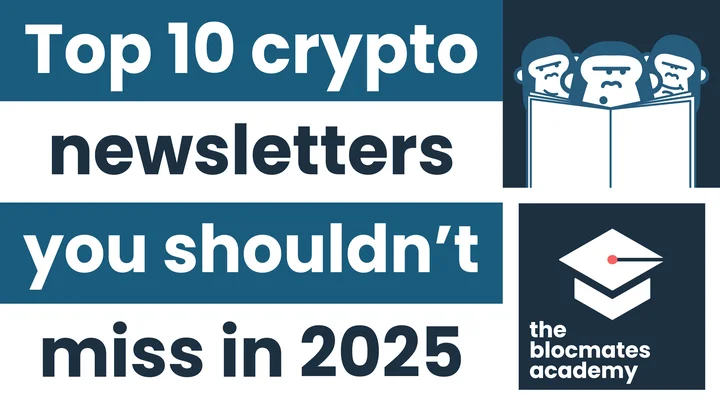










.webp)


.webp)









.webp)







.webp)




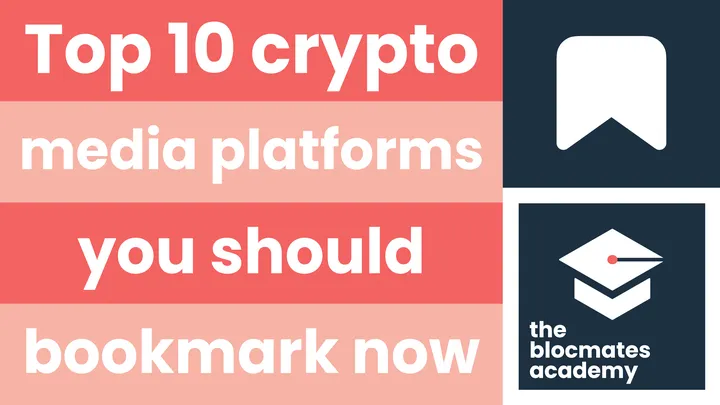








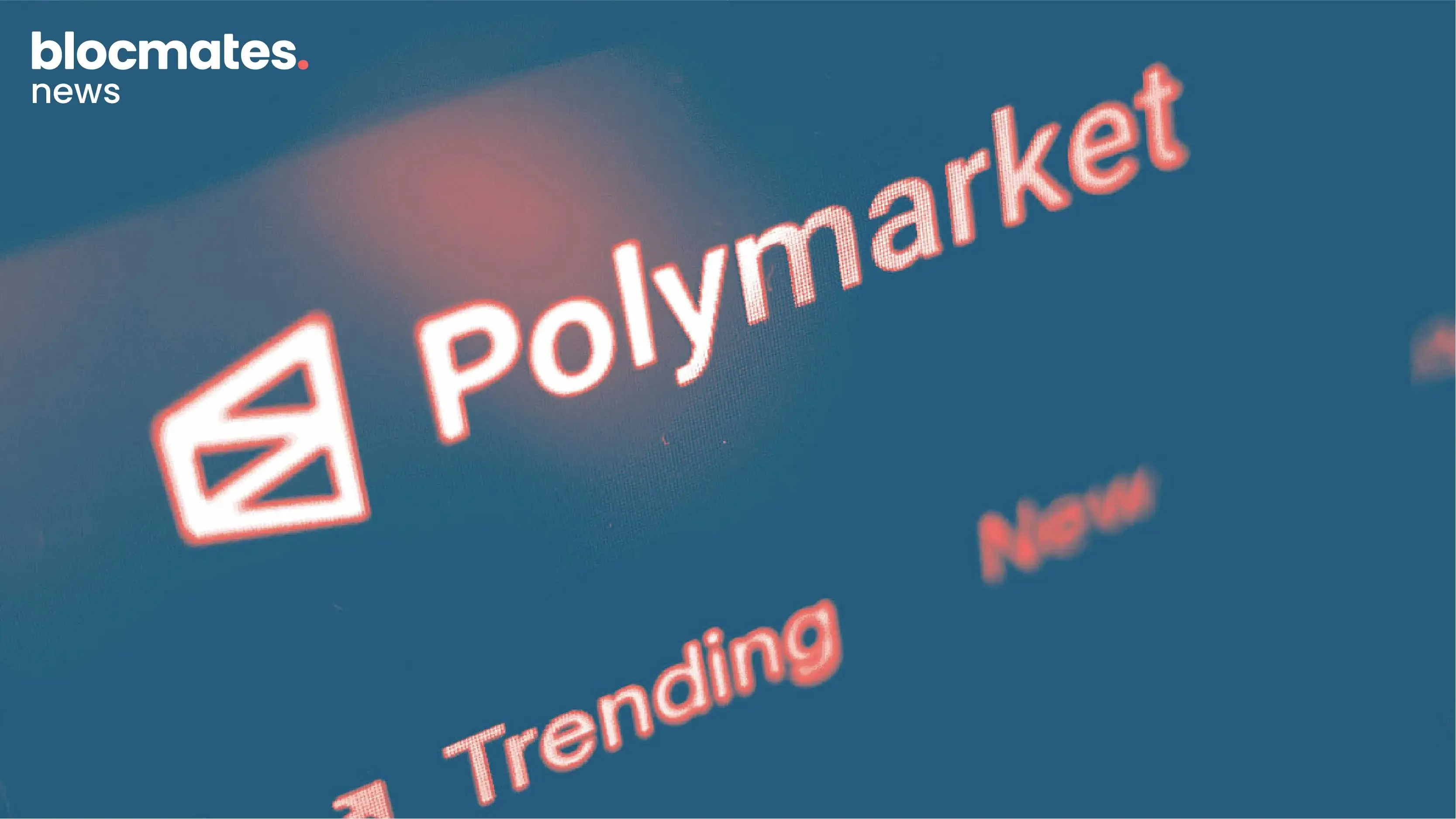

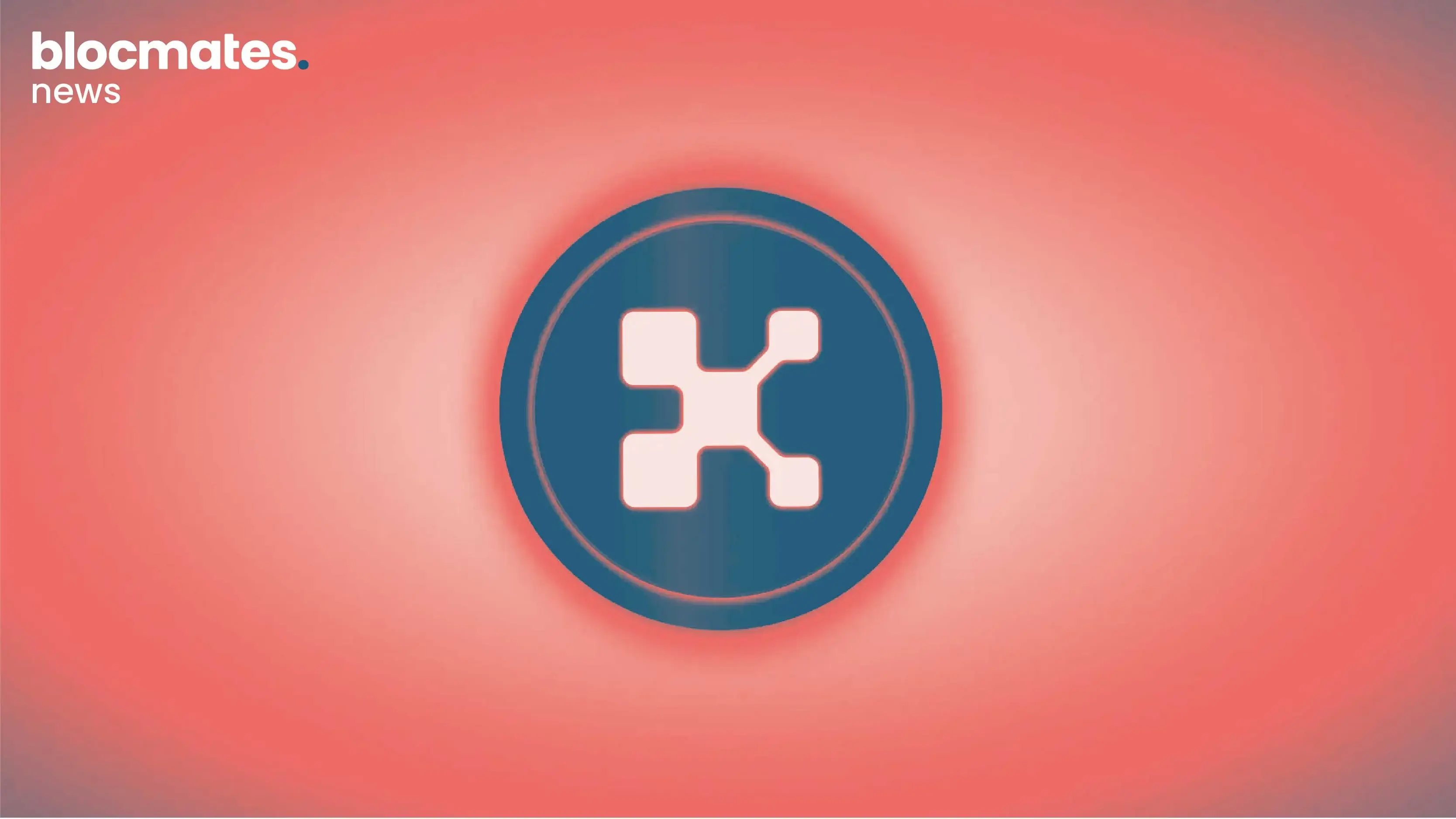
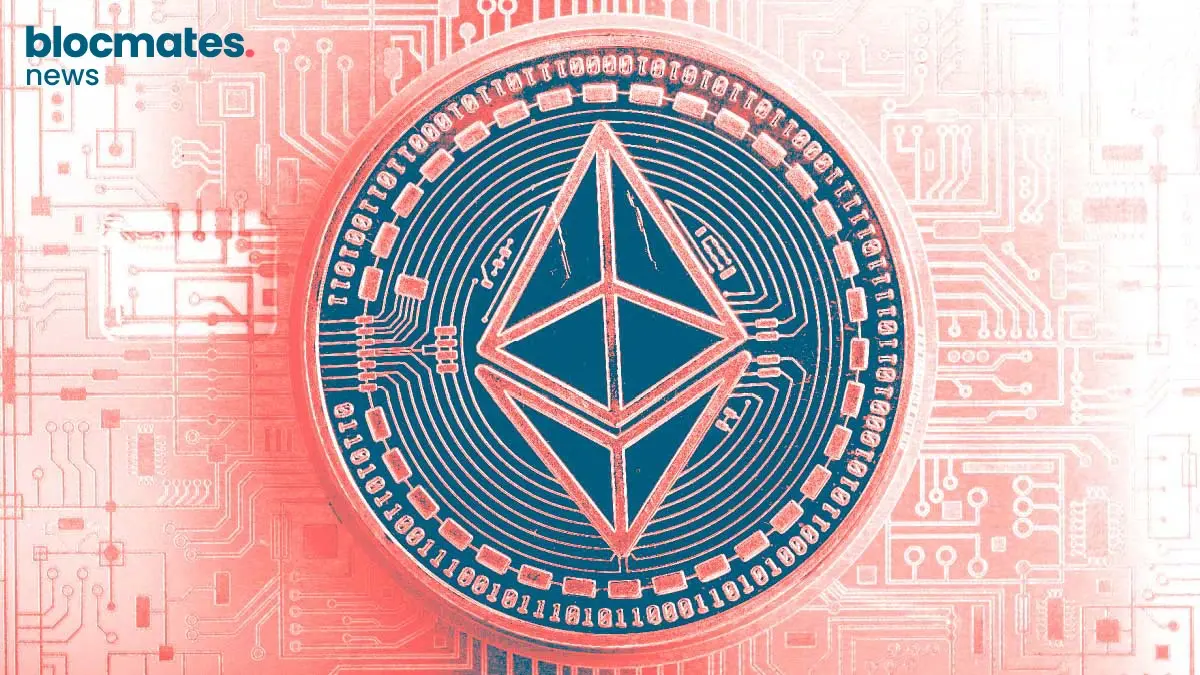
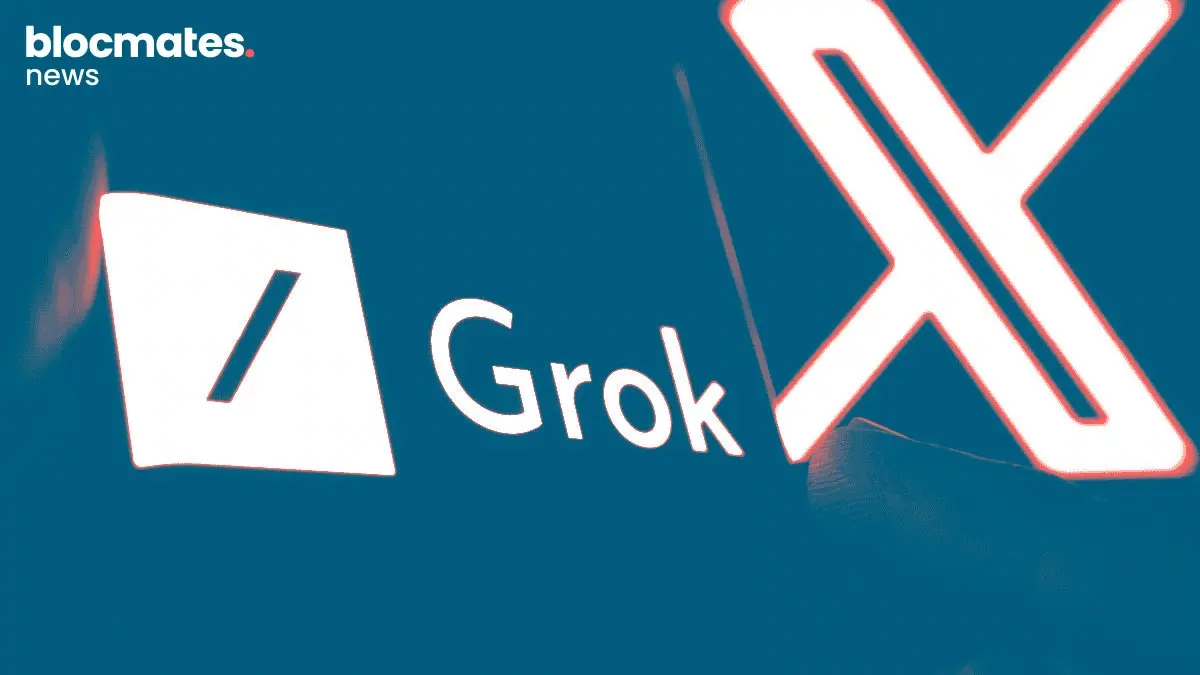

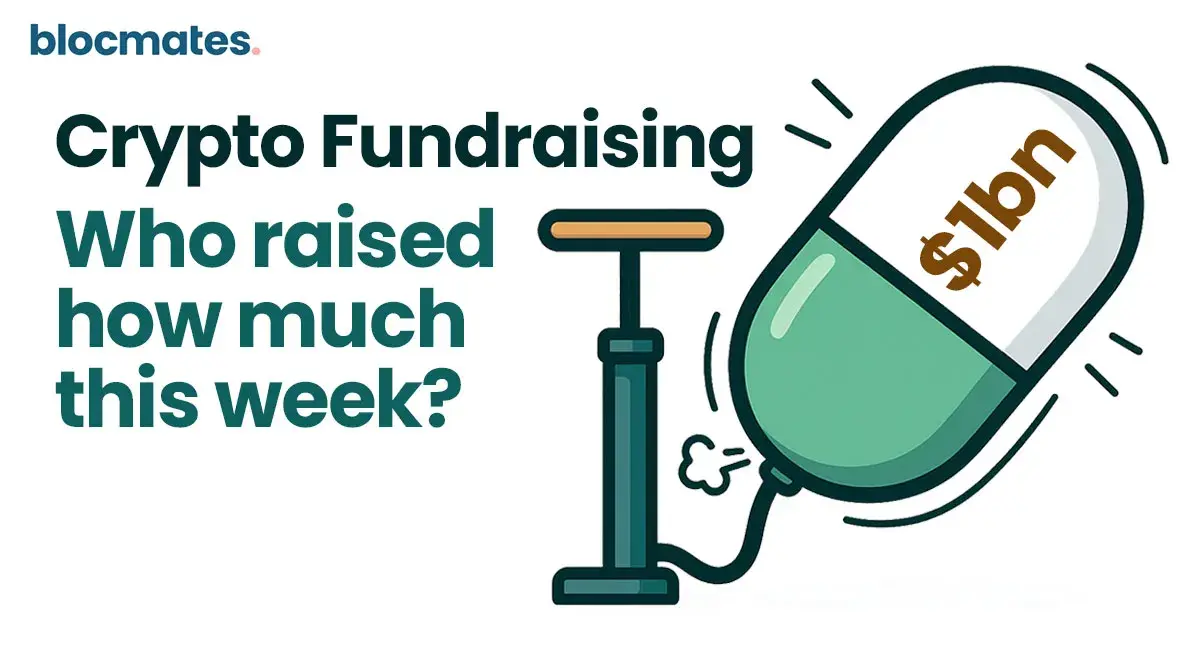
.webp)
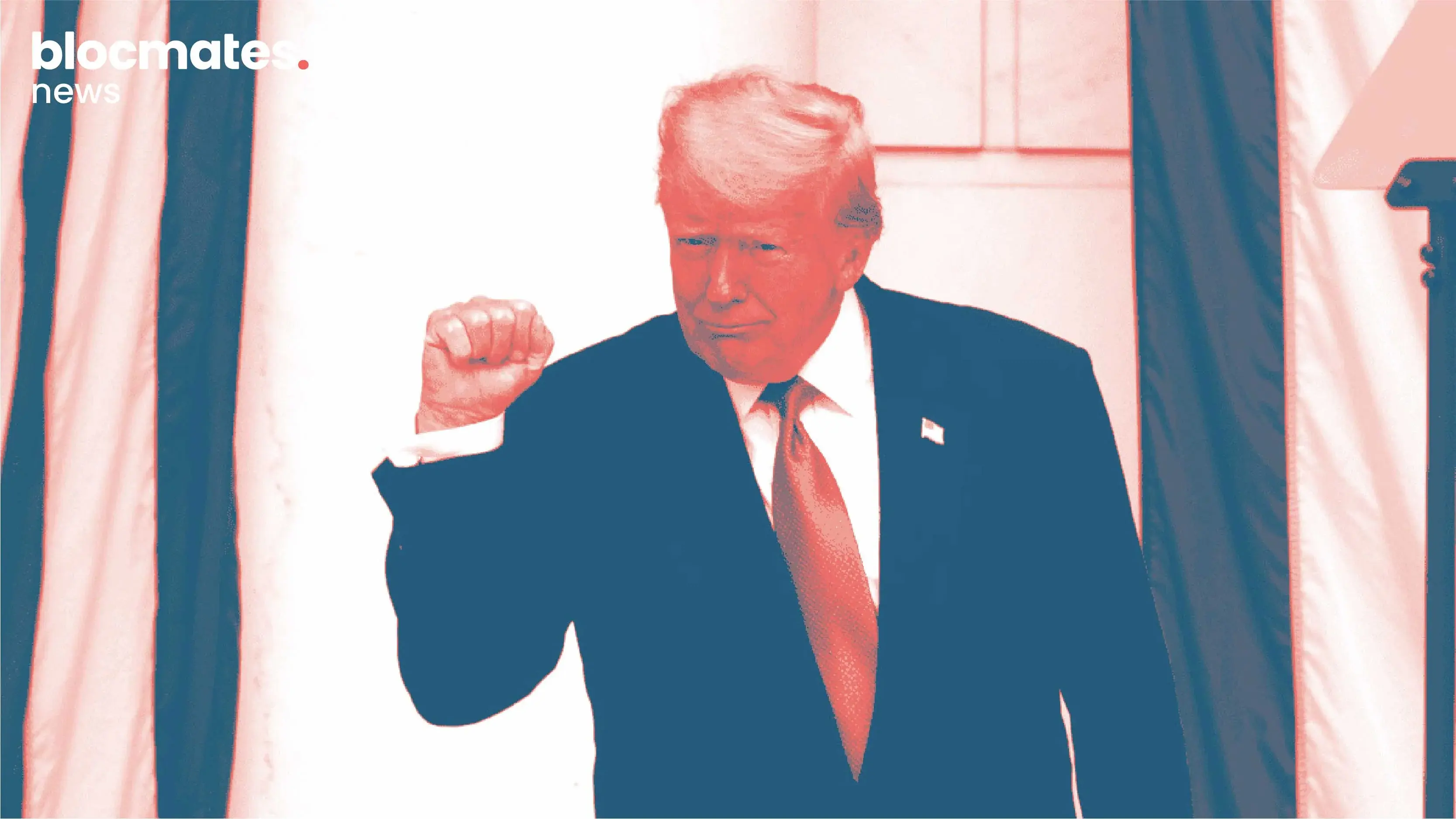

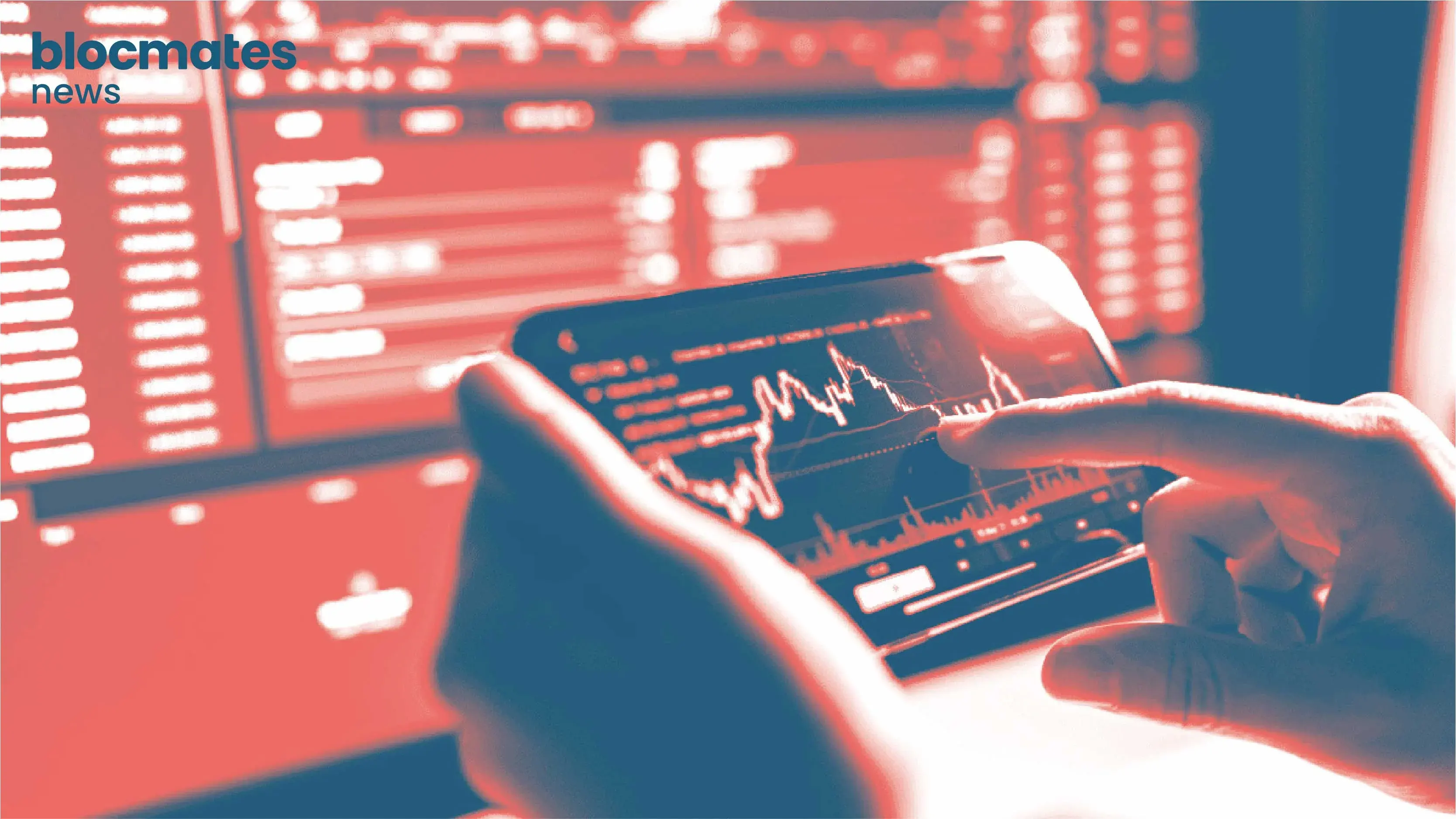
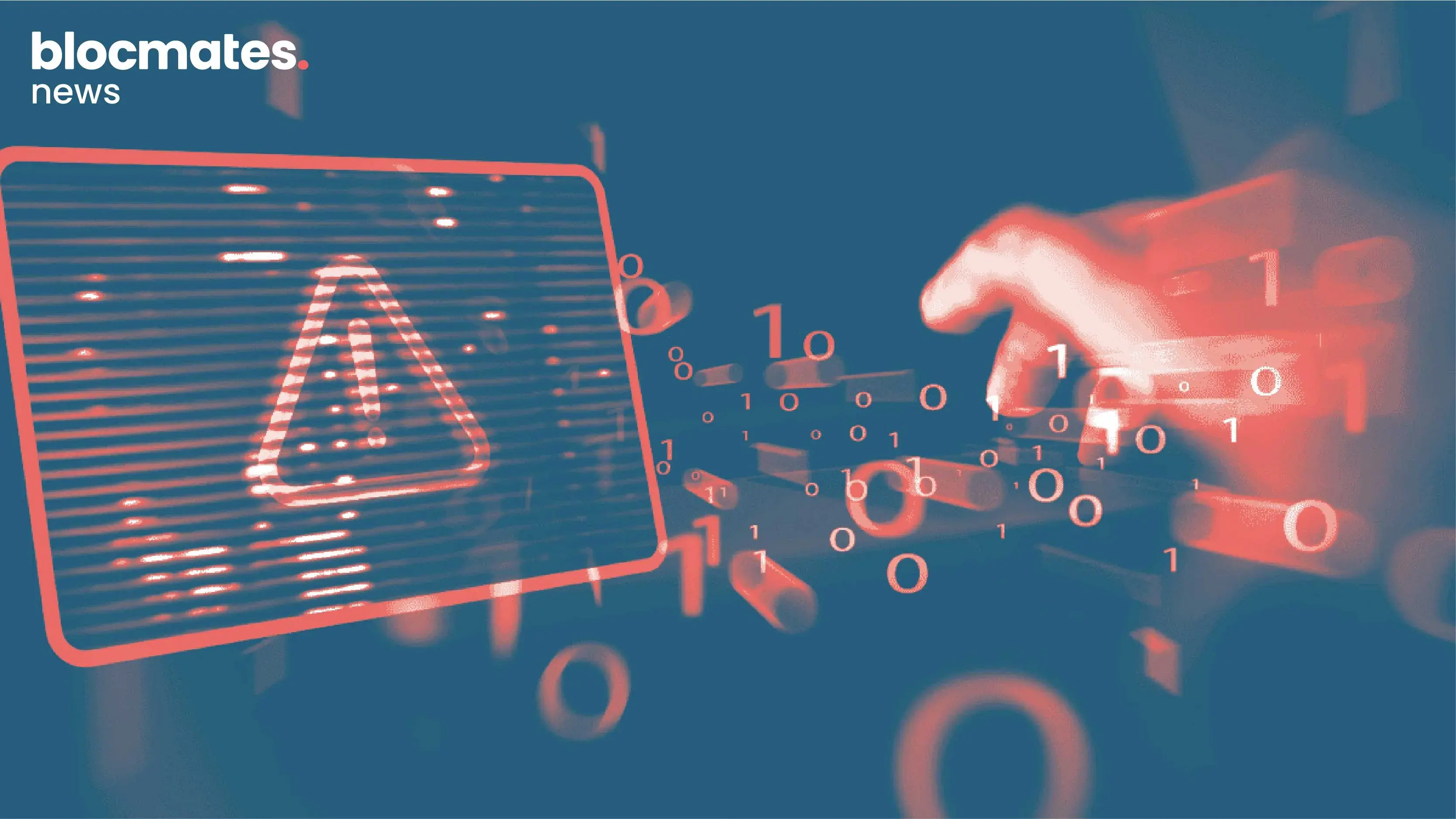

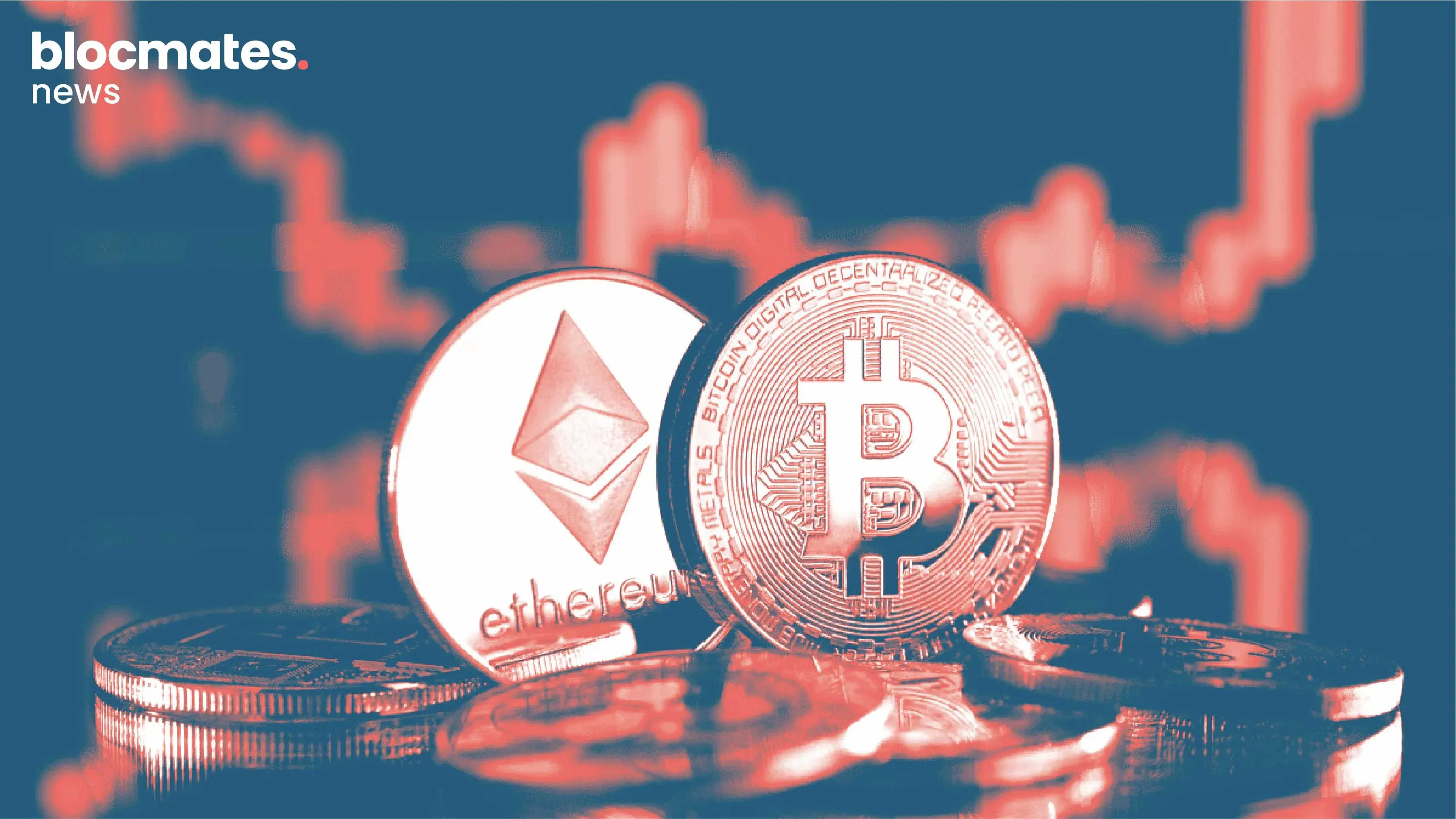
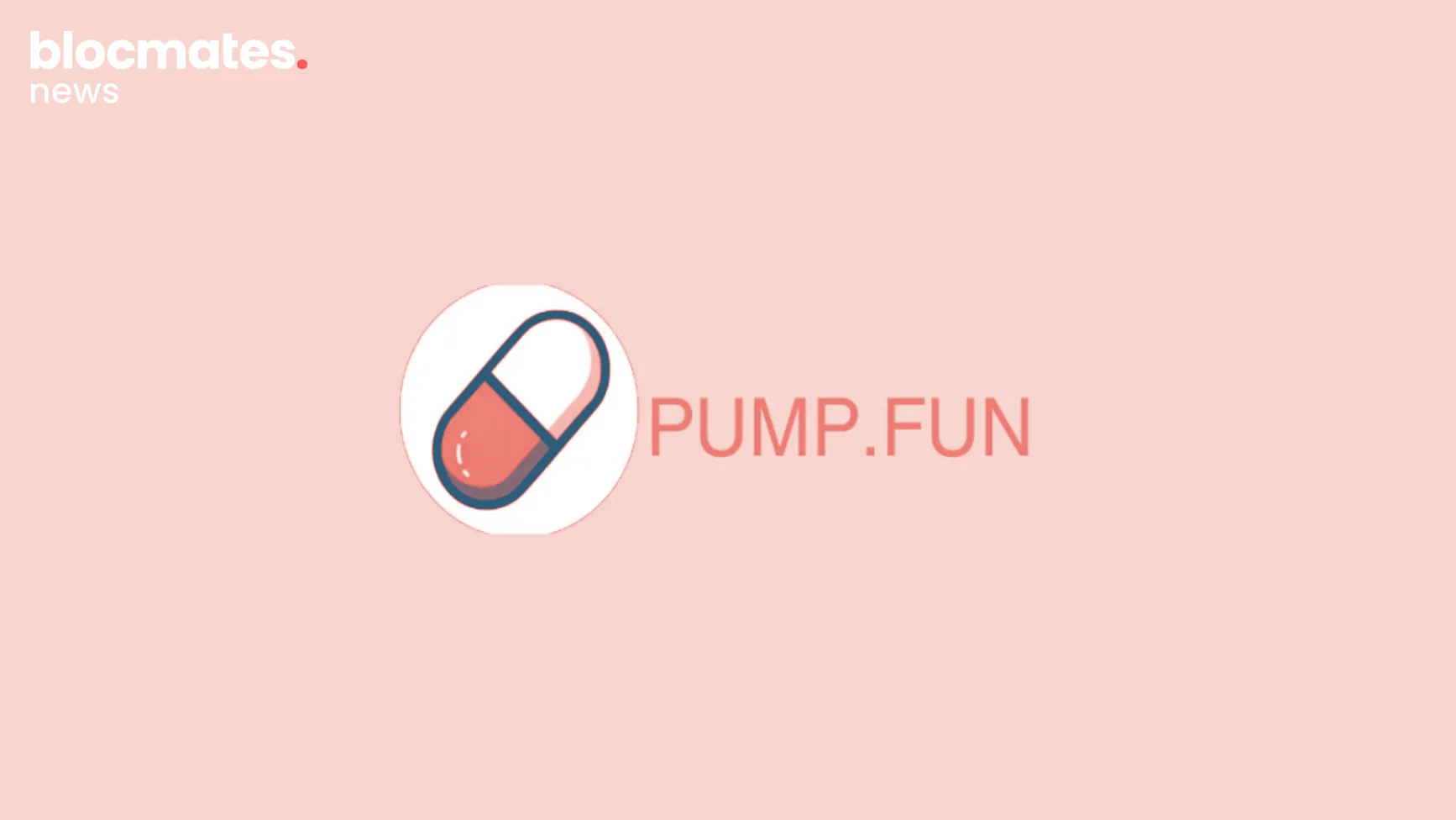
.webp)
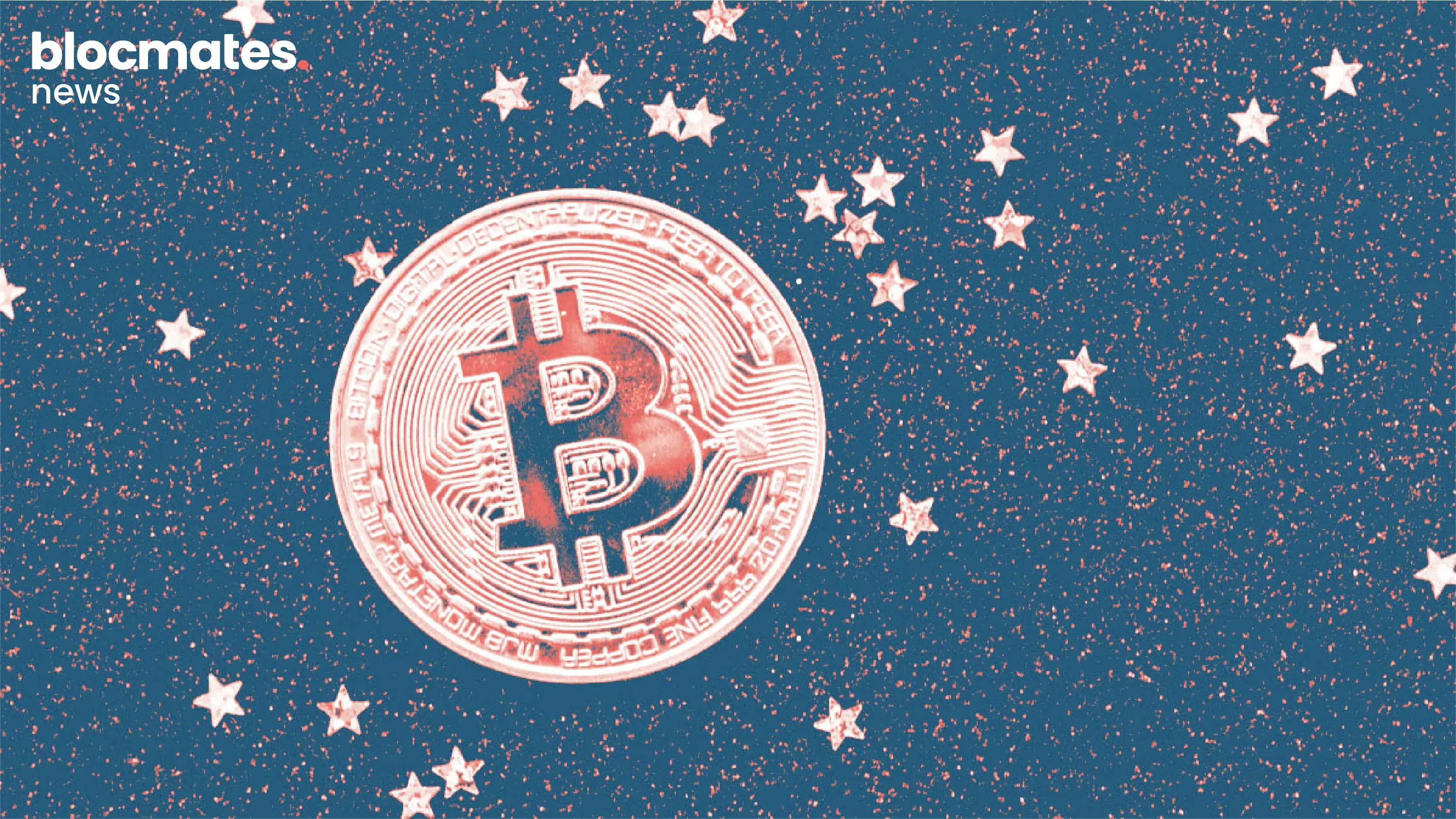

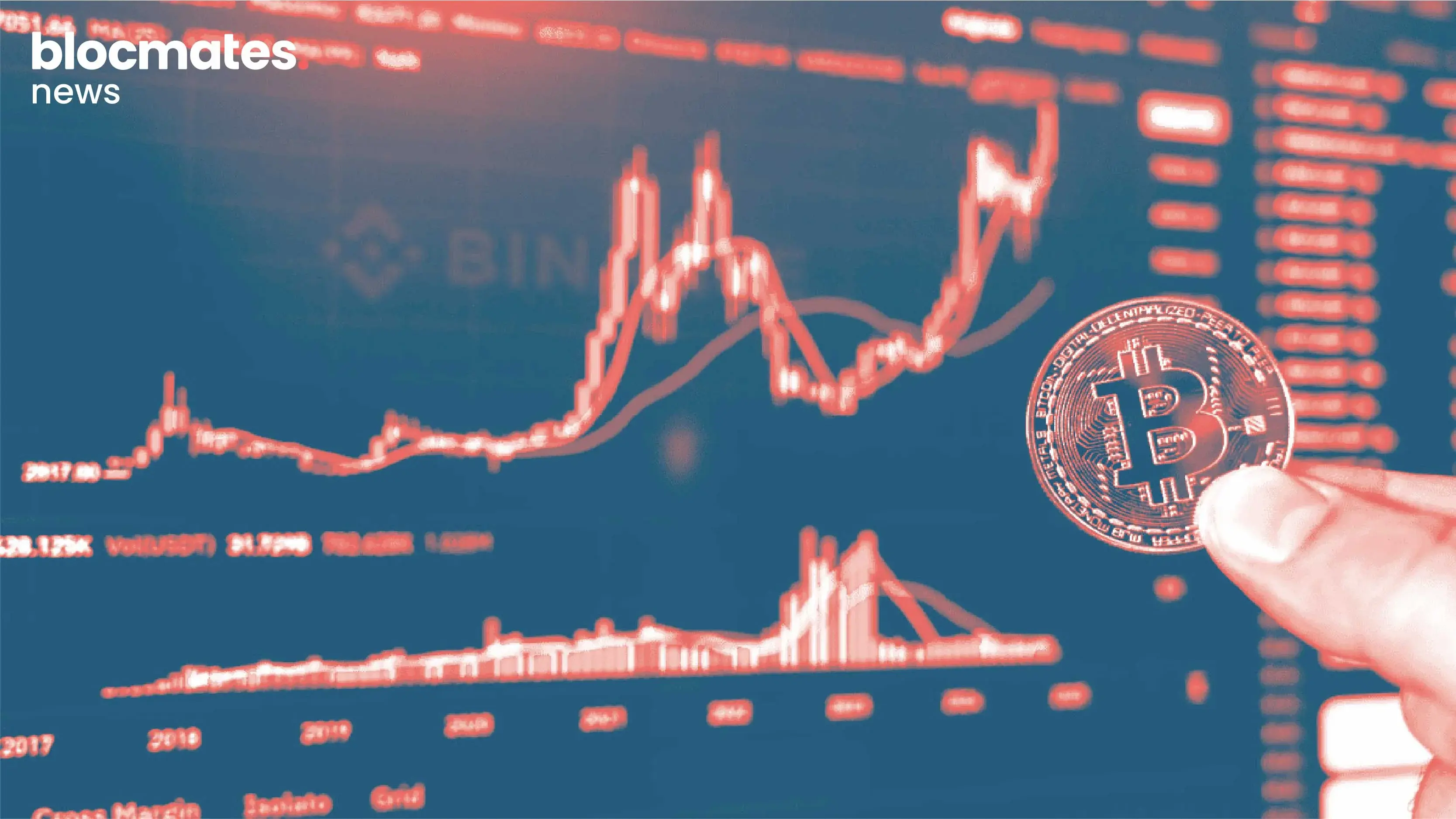




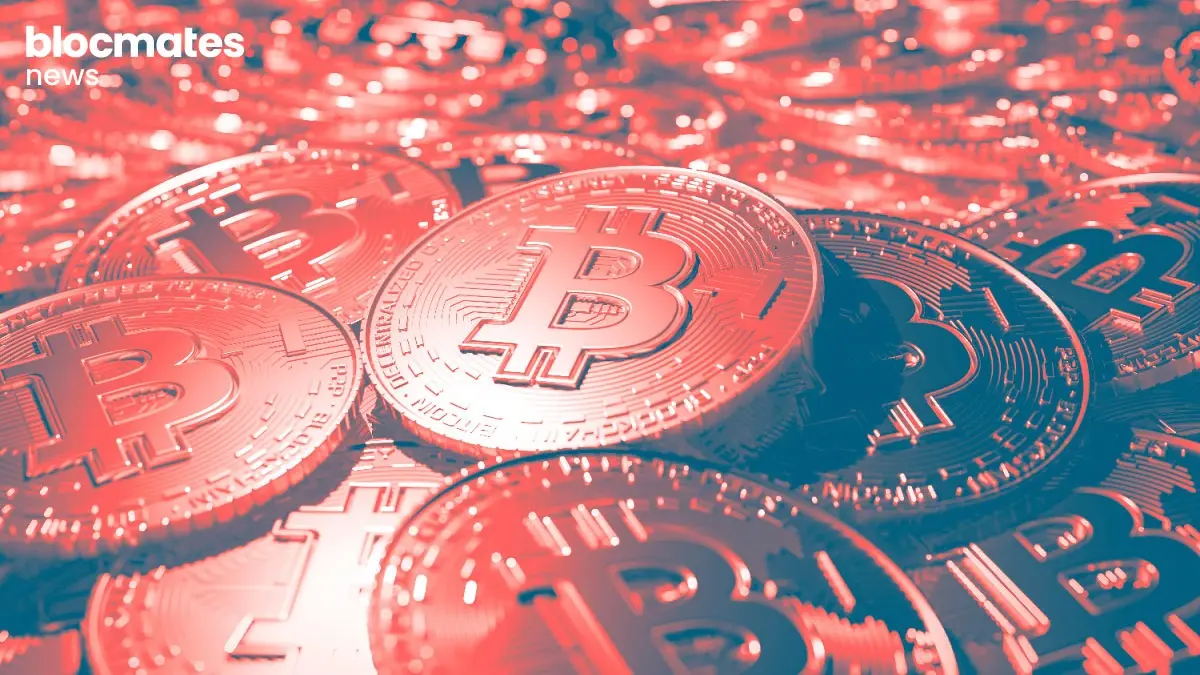













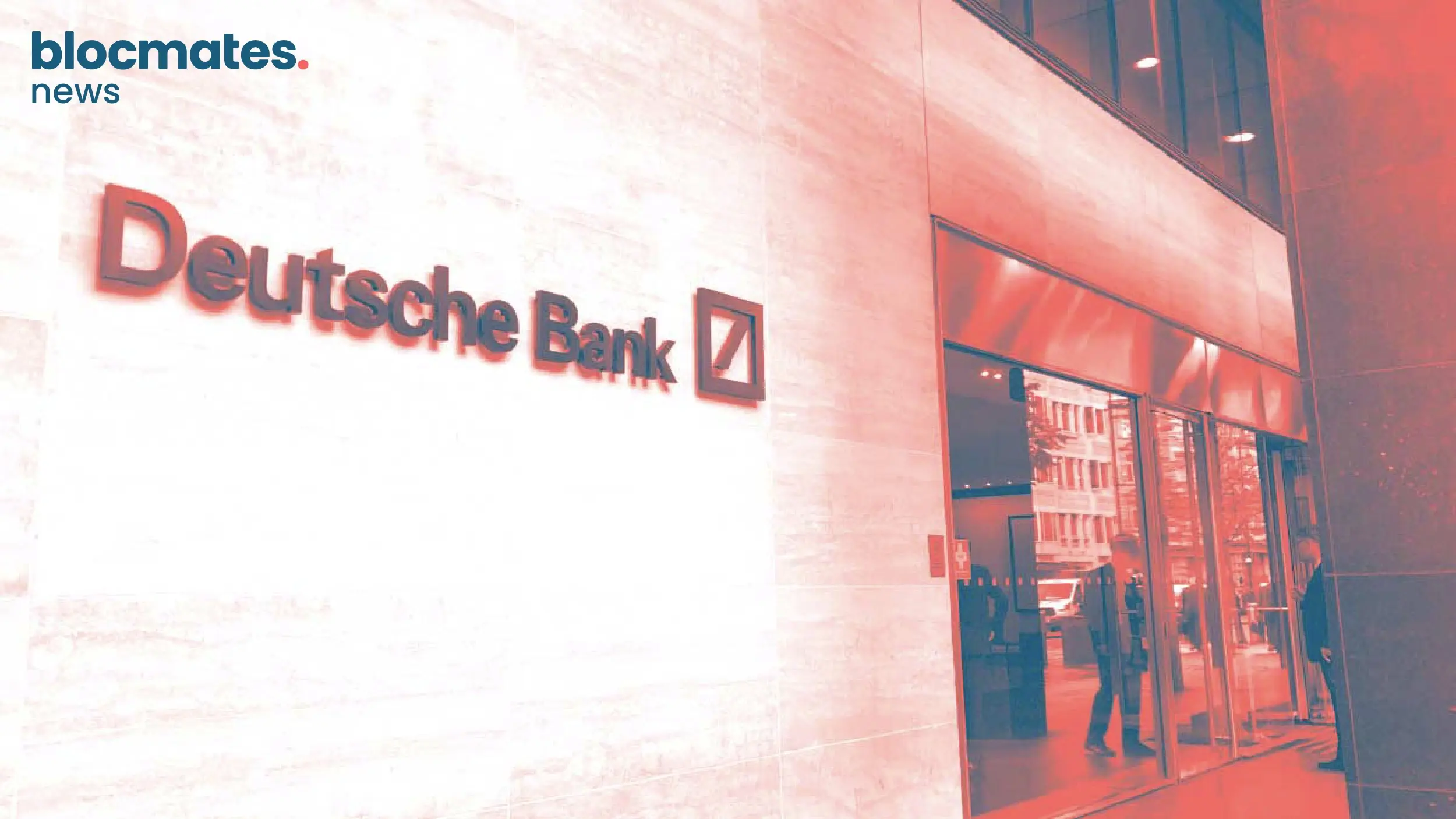

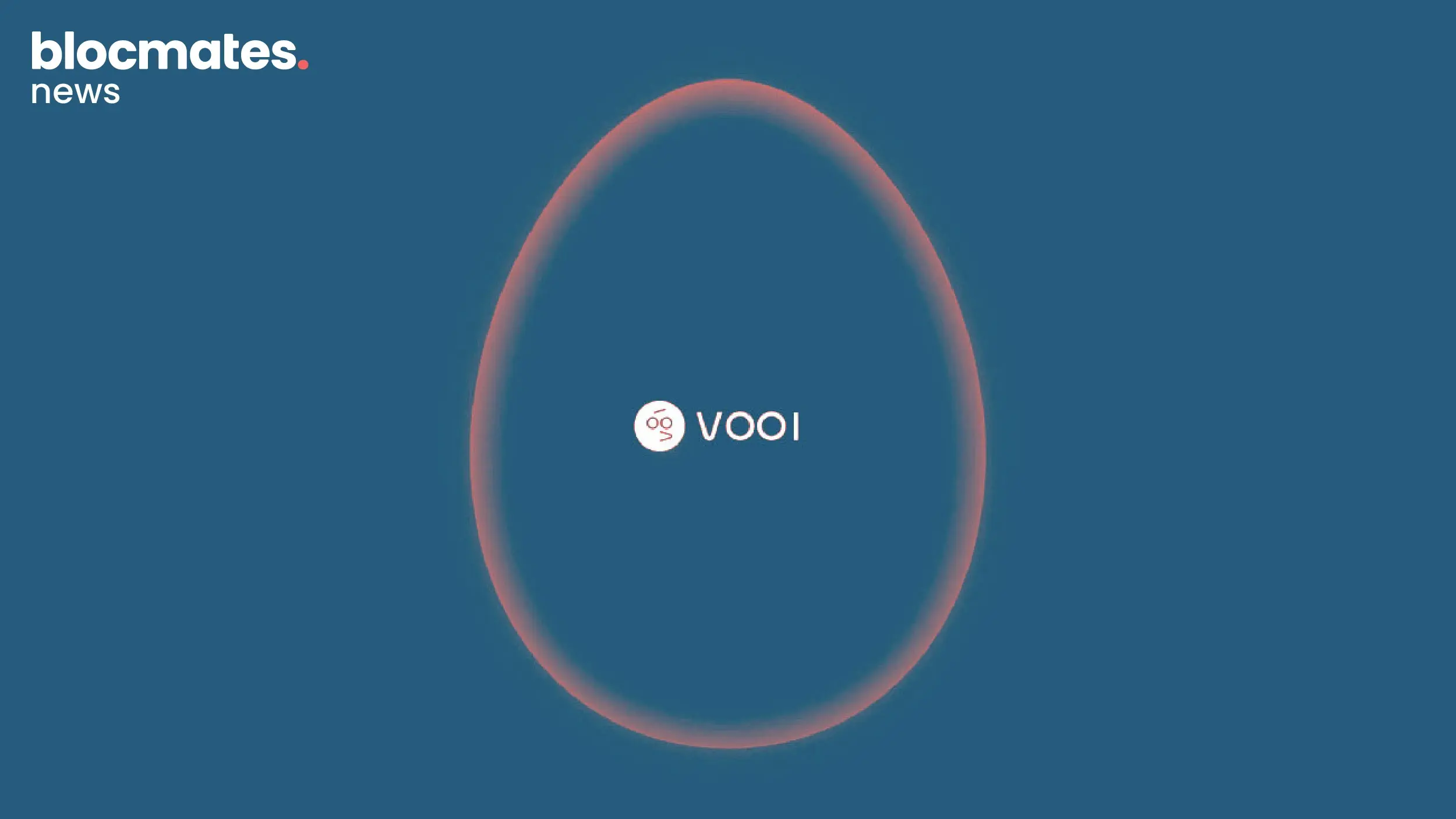
.webp)


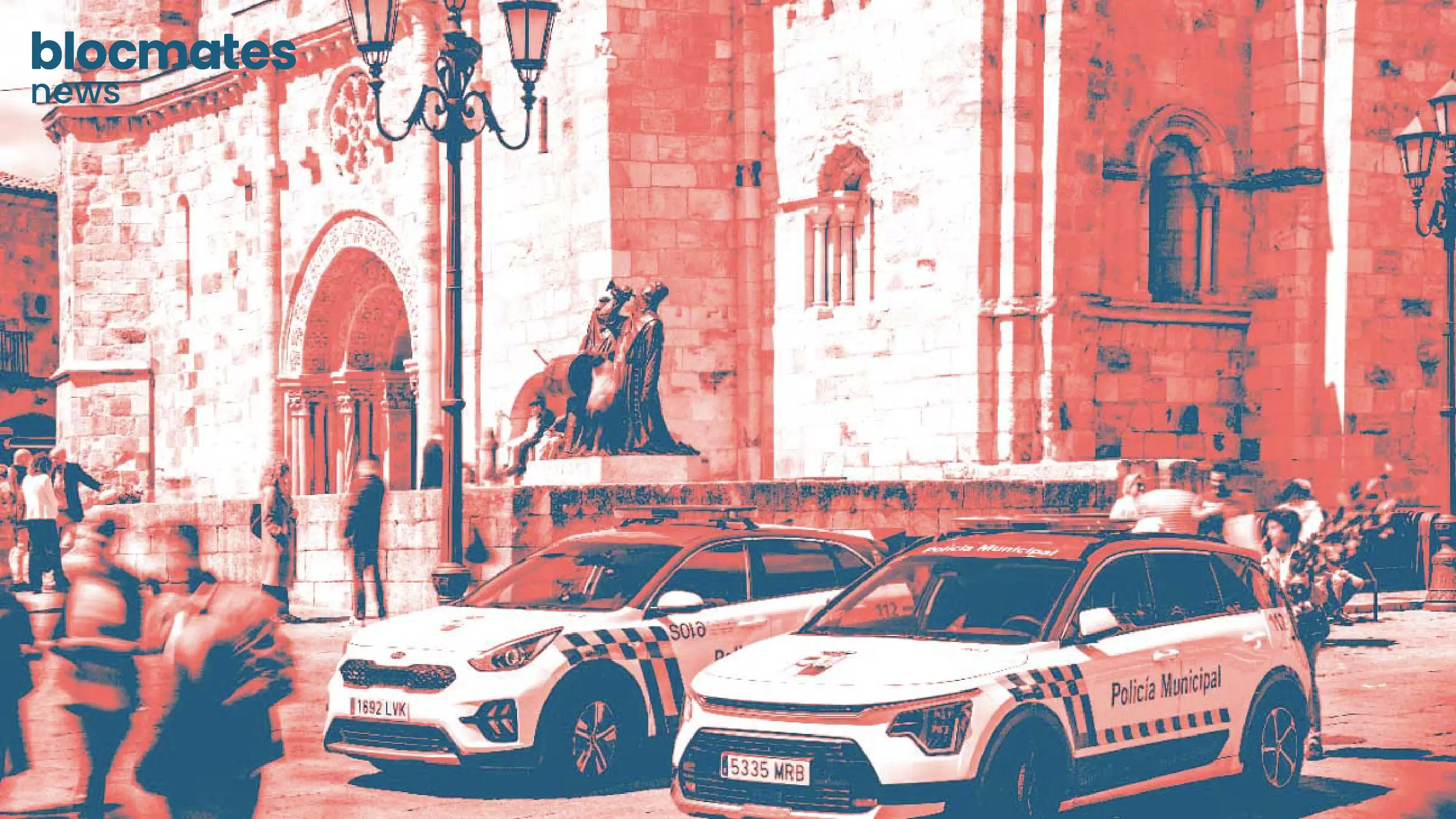



.webp)
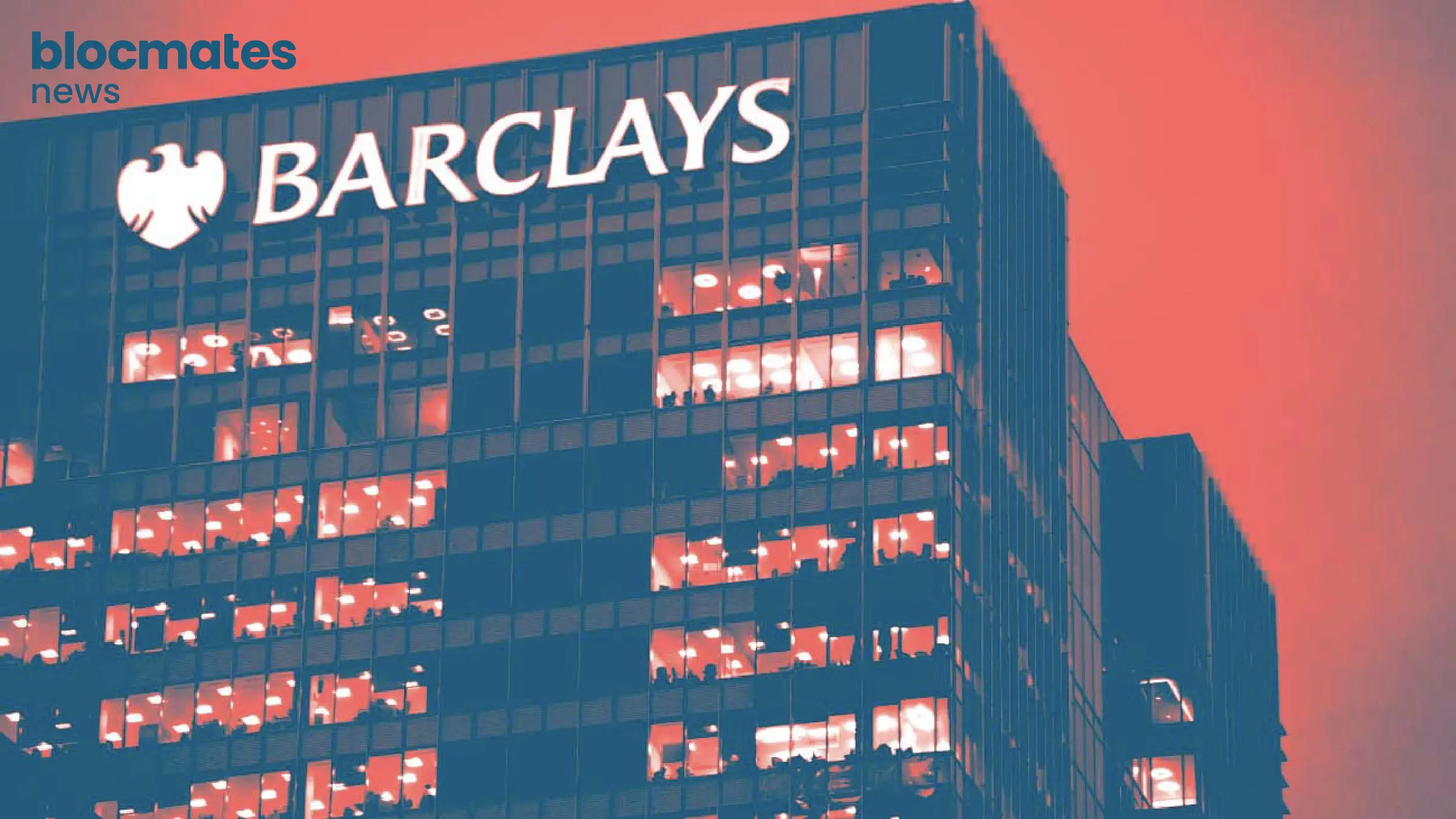


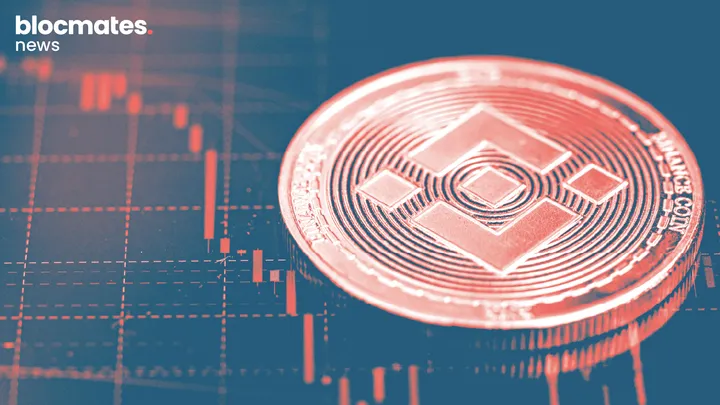
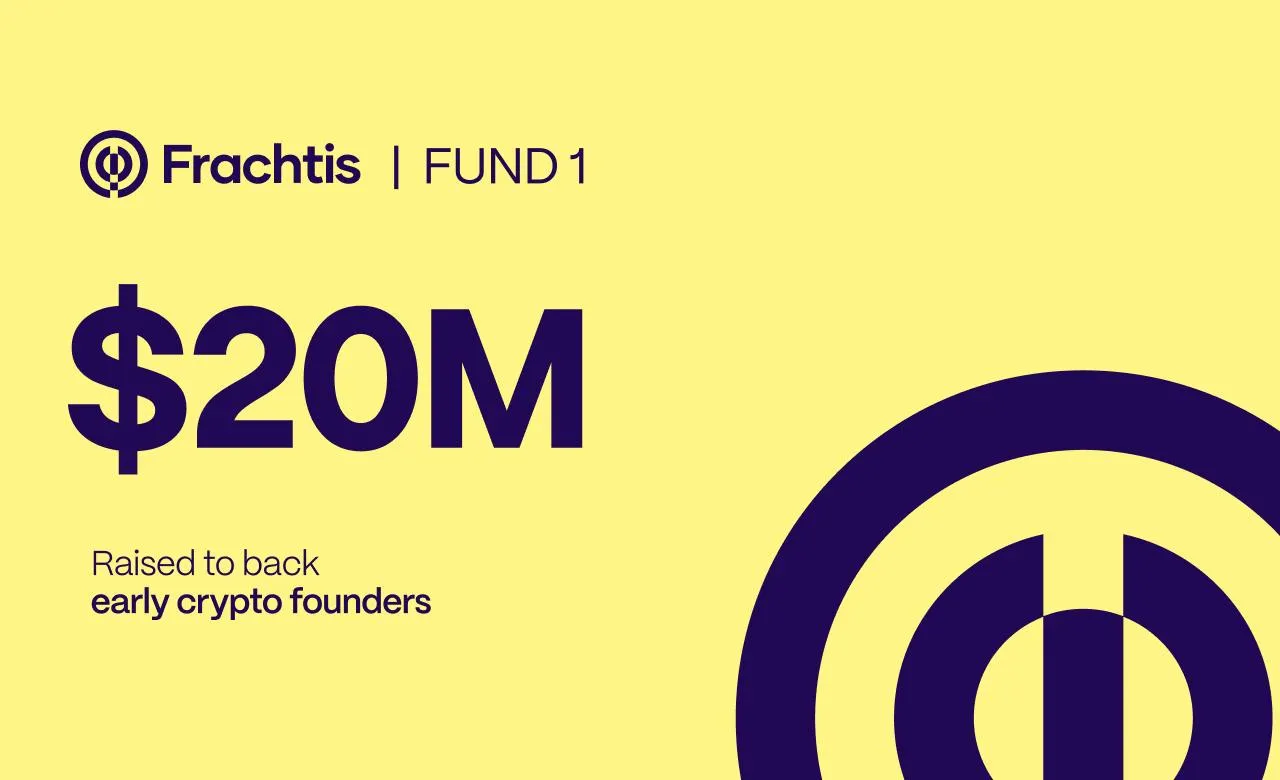





.webp)



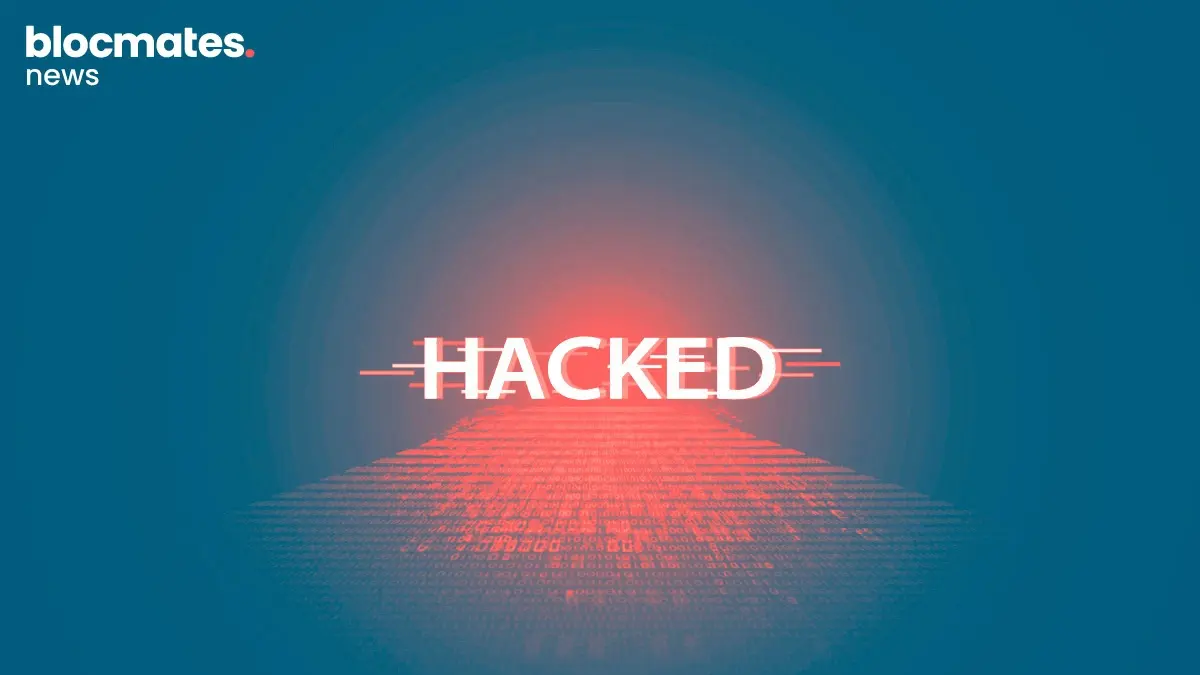




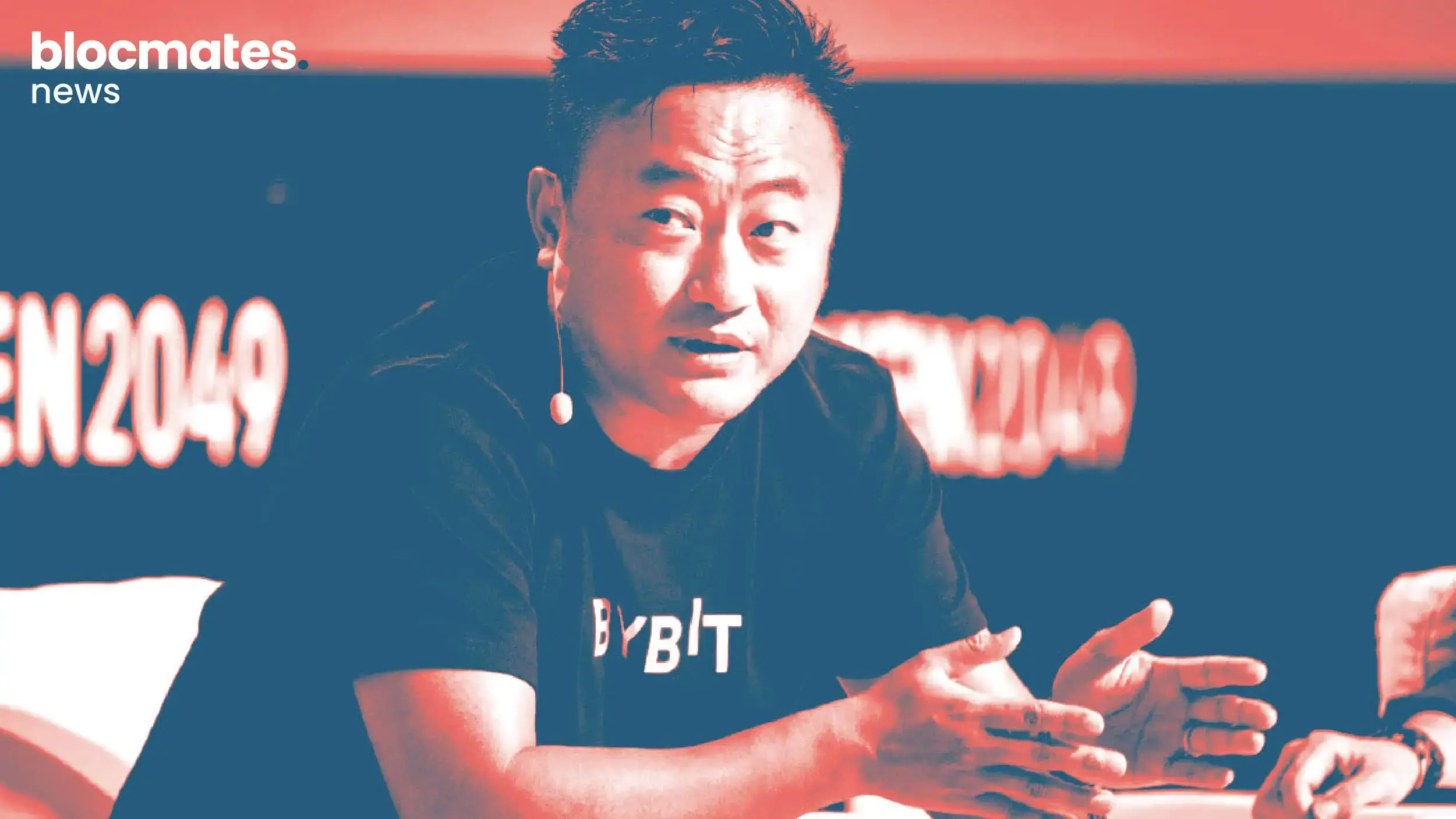
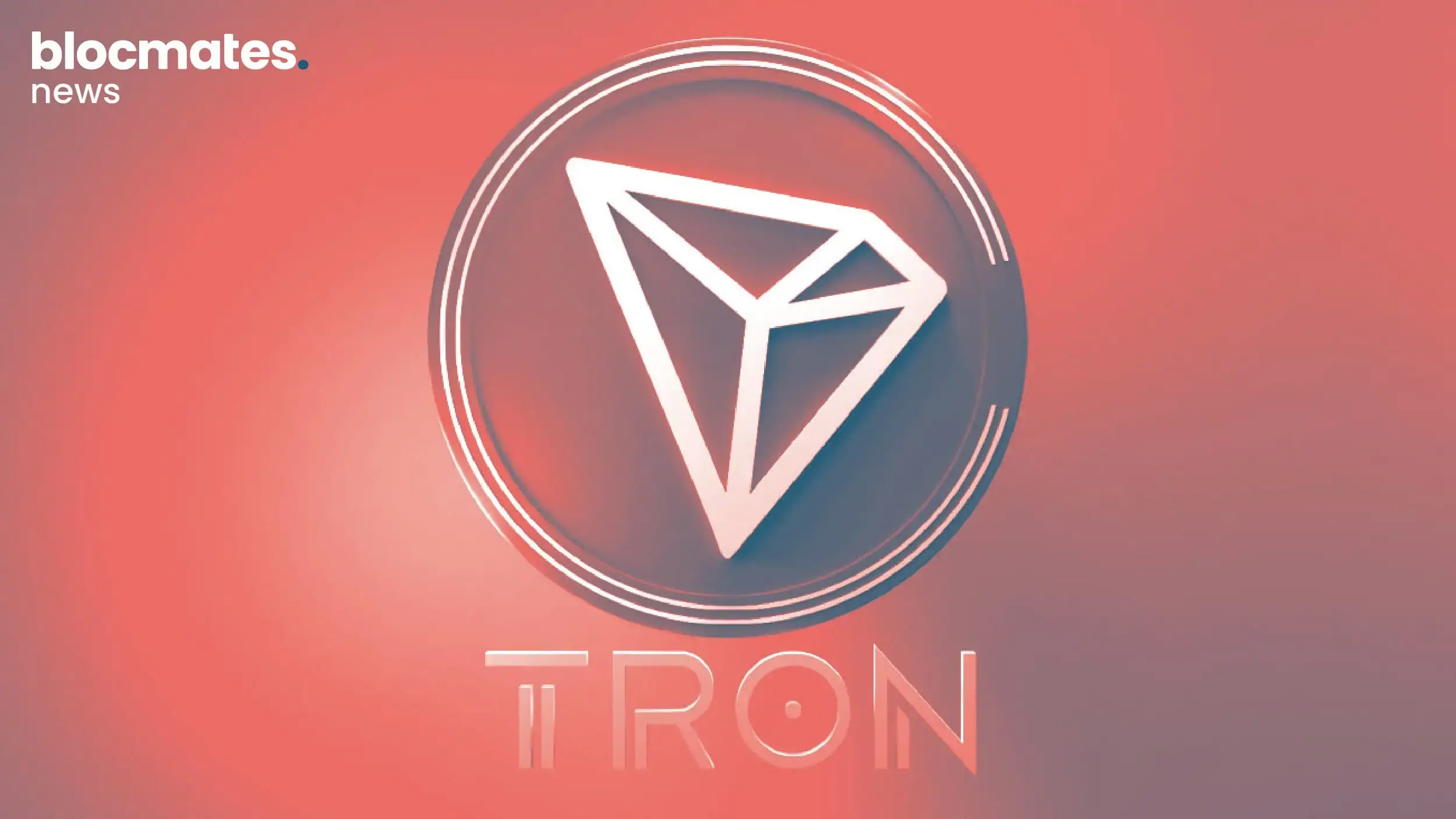
.webp)
.webp)
.webp)
.webp)
.webp)
.webp)

.webp)









.webp)
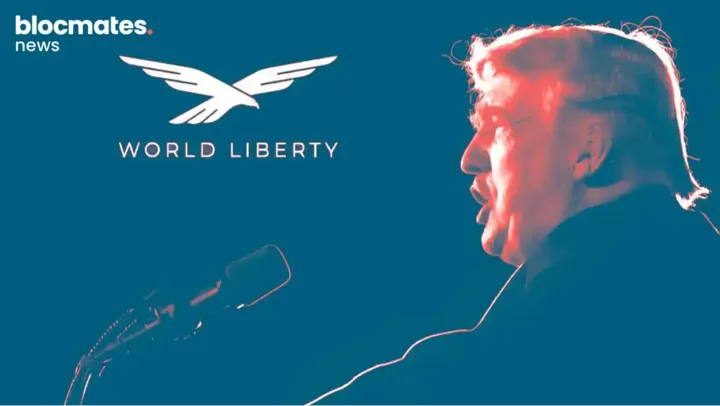
.webp)
.webp)
.webp)
